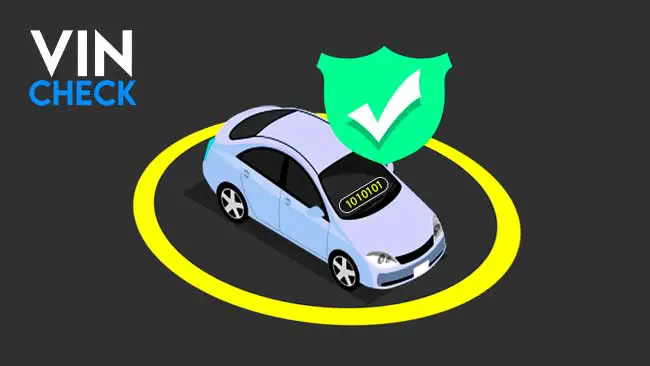Purchasing a used car can feel like a game of Russian roulette if you’re not armed with the right information. One of the most powerful tools at your disposal in this context is a VIN decoder. This resource helps you look under the metaphorical hood of the vehicle, offering you a comprehensive view of its history, features, and any potential red flags. Here’s how to use a VIN decoder to make informed car buying decisions.
A Vehicle Identification Number (VIN) is a 17-character unique identifier given to every car, motorcycle, and truck. This alphanumeric code is essentially the DNA of a vehicle, providing details ranging from the engine type to the place of manufacture.
Why Decoding the VIN is Crucial
The VIN contains a wealth of information that can make or break your decision to buy a used car:
- Confirm Vehicle Specs: Make sure the features listed by the seller match with the VIN’s decoded information.
- Accident History: Uncover any past incidents that might affect the vehicle’s safety or value.
- Recall Information: Check if the car was ever recalled and if those issues were resolved.
Steps to Use a VIN Decoder
Locate the VIN
The first step is finding the VIN, usually located on the inside of the driver’s door jamb, the lower corner of the windshield on the driver’s side, or in the vehicle’s documentation.
Choose a Reputable VIN Decoder
Several online platforms offer VIN decoding services. Websites like Carfax, AutoCheck, and the National Motor Vehicle Title Information System (NMVTIS) are excellent places to start.
Enter the VIN and Generate a Report
Once you’ve picked a VIN decoder, enter the VIN into the designated field and generate a report. This report will give you detailed information about the car, from its manufacture date to its accident history.
Review and Analyze
Go through the report carefully. Pay special attention to sections on accidents, recalls, and ownership history. These details are paramount in making an informed decision.
Additional Tips
- Get Multiple Reports: For a rounded view, consider running the VIN through more than one decoder.
- Verify with Physical Checks: Use the decoded VIN information to verify the actual state of the vehicle during your inspection.
- Negotiation Leverage: Use the information from the VIN to negotiate a fair price, especially if you discover inconsistencies or past issues.
Conclusion
A VIN decoder is not just a tool; it’s your ally in making an informed decision when buying a used car. By uncovering crucial details about the vehicle’s history and condition, you can negotiate better, avoid potential lemons, and make a purchase you won’t regret.



